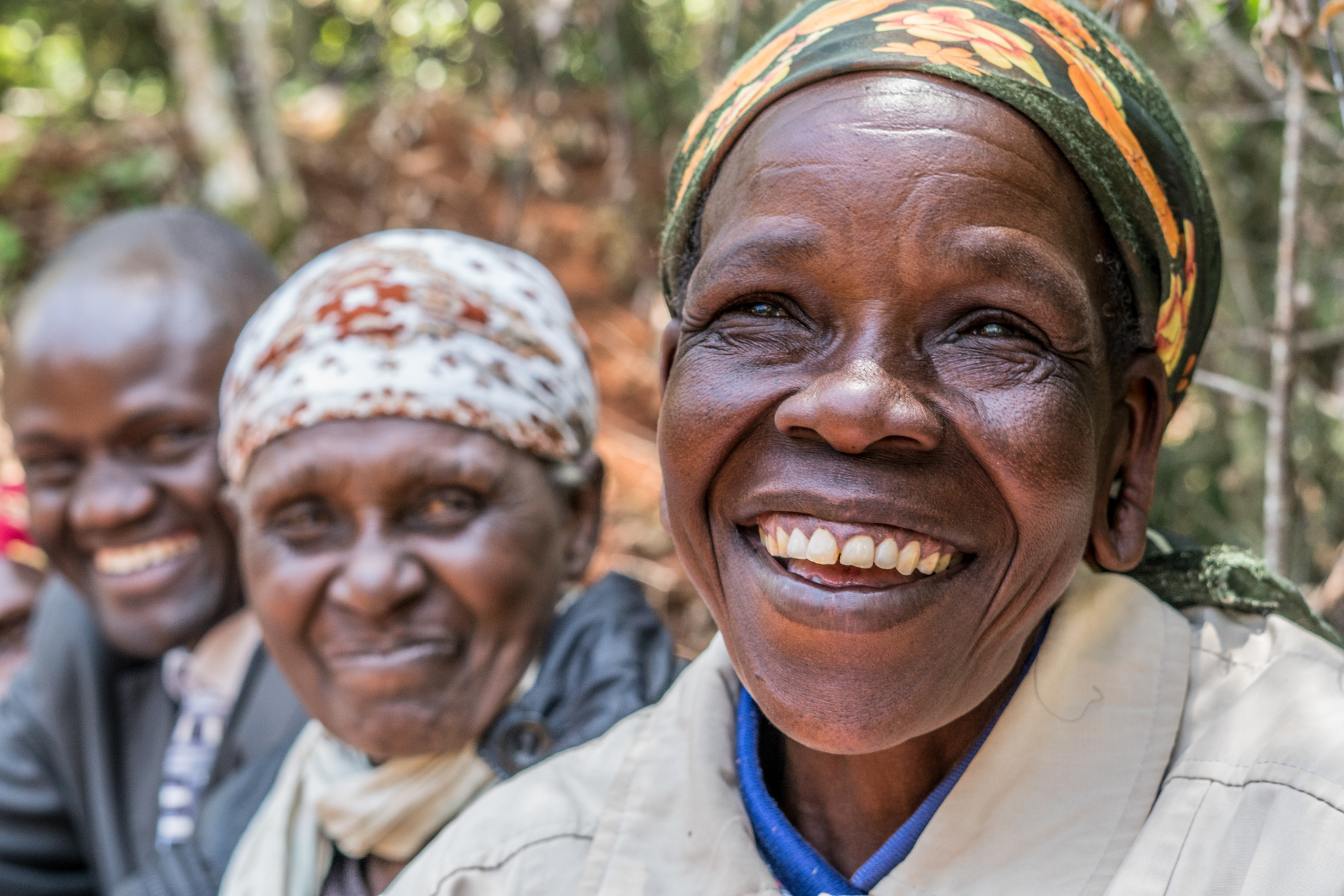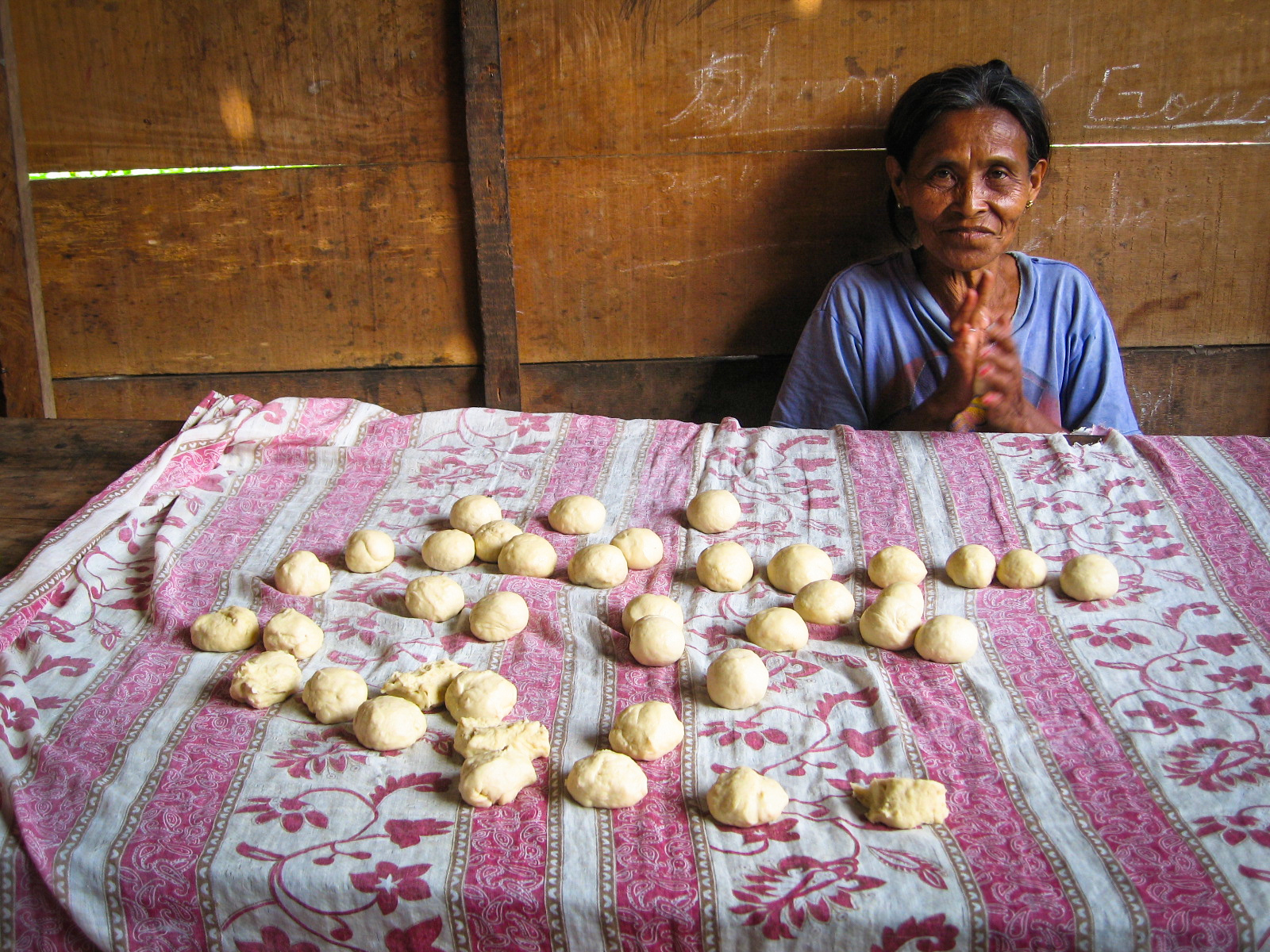Climate change interventions in forest communities are still not getting it right when it comes to gender, a study has found.
Striking new results from the Global Comparative Study on REDD+ (GCS REDD+) show that women in REDD+ sites feel worse off after interventions take place in their villages, compared with those in control sites.
“REDD+ has clearly not had a positive impact on women’s wellbeing,“ says lead author and Principal Scientist Anne Larson from the Center for International Forestry Research (CIFOR).
In six countries across the tropics, CIFOR researchers collected data in villages participating in 16 initiatives that fall under the umbrella of REDD+ – part of efforts recognized under the Paris Agreement to mitigate carbon emissions from deforestation and forest degradation.
Beginning in 2010, the researchers visited 62 intervention villages and 61 control villages both before and after the initiatives began, and held focus groups where they asked about wellbeing, as defined by the groups themselves. Half the groups were mixed-gender (an average of 68 percent male) and half were with women alone.
In general, while control villages reported no change or improvement, in villages where interventions had taken place, more focus groups reported a decrease in wellbeing than an increase.
The decline was much worse for women.
It’s not necessarily the case that any specific intervention – things like tree-planting projects, payments for protecting forest areas, credit or education programs – was actually harmful, Larson says.
“If you look at women’s opinions on each individual intervention, women perceived that around half of them had no effect and half had a positive effect, while less than 10 percent had a negative effect. So it’s not that initiatives appear to be doing things terribly wrong.
“But at the same time, they didn’t do things right.”
A PURSE OF ONE’S OWN
There are some caveats to the findings, Larson warns. It was a relatively small sample size of villages, no single REDD+ initiative was associated with all negative (or all positive) results, and there are many factors that can affect people’s sense of wellbeing.
The ‘before-and-after’ visits were also just three years apart, and in many cases the interventions had only just gotten started. A third phase of GCS-REDD+ fieldwork in 2018 – at eight sites in Brazil, Peru and Indonesia – might bring the picture into clearer focus through evaluation of longer-term impacts.
But in some ways, the negative result is not all that surprising, Larson says.
REDD+ is just the latest example of what happens when gender isn’t explicitly built into conservation and development programs.
“It’s very clear from the literature that this has happened over and over, especially with regard to forest initiatives: people come into villages with pre-existing biases, such as assuming that men have a stronger relationship with the forest, and that this means they can just work mainly with men.”
That can lead to changes that reinforce or even exacerbate existing power structures, inadvertently take land away from women, or “put a larger labor burden onto women while the men are planting trees and getting all the benefits,” Larson says.
“Anything that’s happening that brings money into the village is affecting the household – it’s affecting decision making, the control of assets, and the balance of power.”
One clue lies in the way that women in the focus groups defined wellbeing. While women’s and mixed groups agreed that good health, good education and sufficient food to eat were the most important factors, nearly half of the women’s focus groups also mentioned having ‘their own source of income’.
A few REDD+ initiatives involve direct payments of some kind. If initiatives haven’t considered the gendered ways those payments might be distributed, they could have a negative impact on women.
Anything that’s happening that brings money into the village is affecting the household – it’s affecting decision making, the control of assets, and the balance of power
FEAR FACTOR
Tools for analyzing gender and forestry were developed in the 1990s, but whether for cost reasons or because they’re seen as simply too hard, it seems they’re still not being used.
“Village leaders are often men, and they may think that women ought not be at meetings,” says Larson. “So then you have to confront the custom of that particular village, and that gets scary.
“You don’t want to cause conflict, so you don’t bring it up, you avoid it, or you mention it once and then move on. The easy solution is not to do anything. But in my view that has to change.”
Even in communities where the forest is primarily used by men, women are still important stakeholders, she says.
“Anything that happens to the forest affects people’s spiritual relationship to it, their culture, the income coming into the village, leadership, the governance context, whether things are happening in secret, whether there’s corruption – a forest is so much more than the resources inside it.”
The only way environmental and development projects can avoid having detrimental impact on women is to explicitly build gender considerations into their design.
“You need to do a substantive gender analysis of power relations in the village, decision-making, control over funding, and the use of forests and forest resources,” Larson says.
“It has to be done well and with cultural sensitivity. You need a gender specialist who knows what they’re doing and how to approach it.
“There is no gender neutrality when it comes to forests.”
We want you to share Forests News content, which is licensed under Creative Commons Attribution-NonCommercial-ShareAlike 4.0 International (CC BY-NC-SA 4.0). This means you are free to redistribute our material for non-commercial purposes. All we ask is that you give Forests News appropriate credit and link to the original Forests News content, indicate if changes were made, and distribute your contributions under the same Creative Commons license. You must notify Forests News if you repost, reprint or reuse our materials by contacting forestsnews@cifor-icraf.org.

